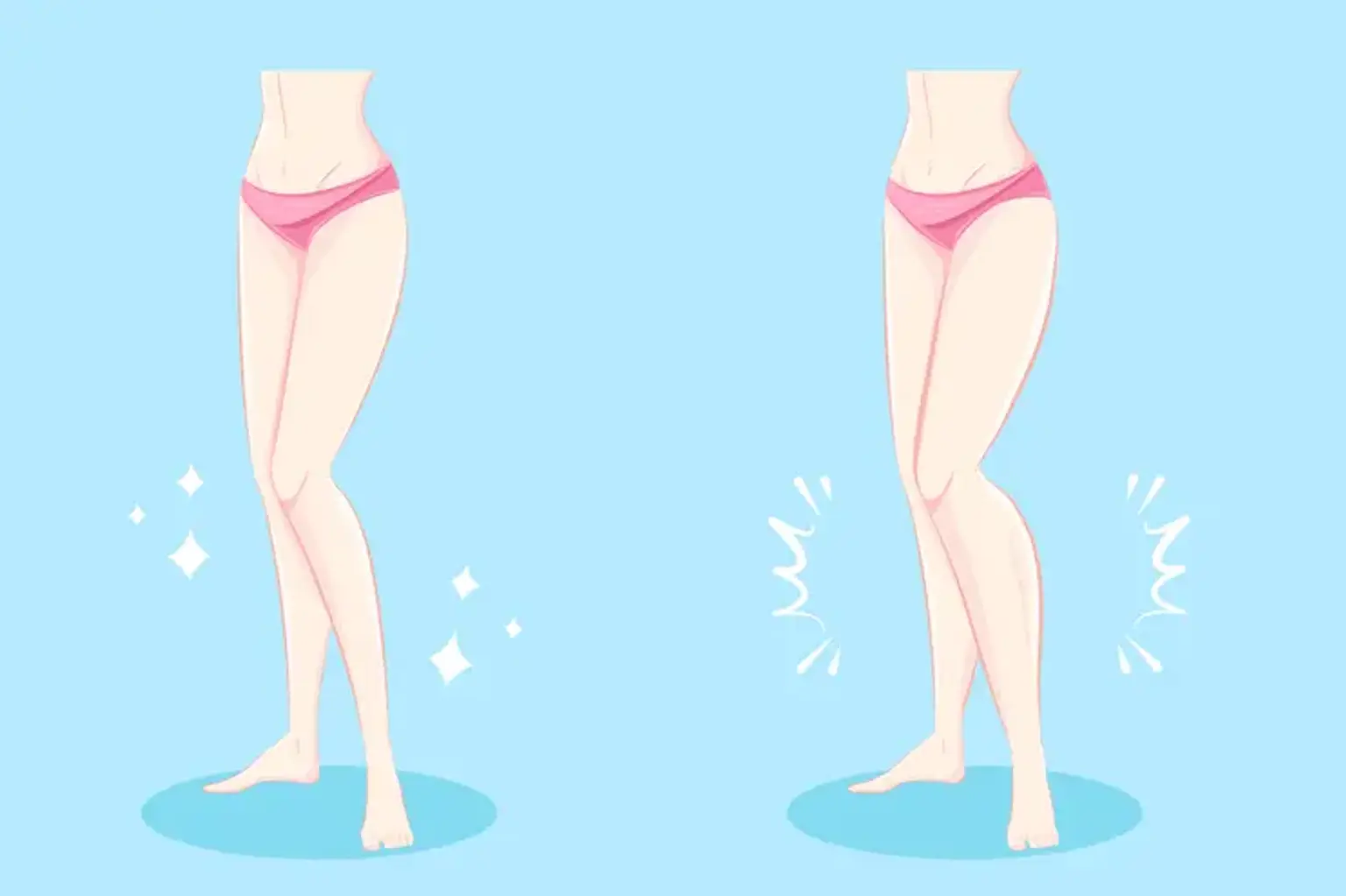What is Calf Augmentation?
Calf Augmentation is a cosmetic procedure designed to enhance the size, shape, and definition of the calves, creating a more aesthetically balanced and proportionate lower leg. For individuals who feel their calves are underdeveloped or uneven, calf augmentation offers a transformative solution. This surgery is typically performed to enhance the muscular appearance of the lower legs, providing a more sculpted look that is highly desirable in both men and women.
There are two main approaches to calf augmentation:
Calf Implants: One of the most popular methods, calf implants are silicone-based prosthetics that are surgically placed into the calf muscles. The procedure involves making small incisions to insert the implants, and it can significantly alter the size and shape of the calves, improving muscle definition and proportion.
Fat Grafting: Another method involves liposuction to harvest fat from other areas of the body, which is then injected into the calves to enhance volume and contour. This non-surgical option is becoming increasingly popular, particularly for those looking for a more natural approach to calf enhancement.
While the procedure is often associated with aesthetics, calf augmentation can also provide functional benefits, such as improving posture or addressing imbalances caused by muscular asymmetry or injury.
Why is Calf Augmentation Gaining Popularity?
In recent years, Calf Augmentation has seen a significant surge in popularity, especially in countries like South Korea, known for its advanced cosmetic surgery industry. There are several reasons behind this growing trend.
Firstly, Korean Beauty Treatments are at the forefront of global beauty standards, with an increasing number of people seeking procedures that enhance physical appearance. For many individuals, well-defined calves are an essential part of a balanced, attractive physique. This is especially true in cultures where the focus is placed on body proportions, and Calf Sculpting has become an important aesthetic goal.
